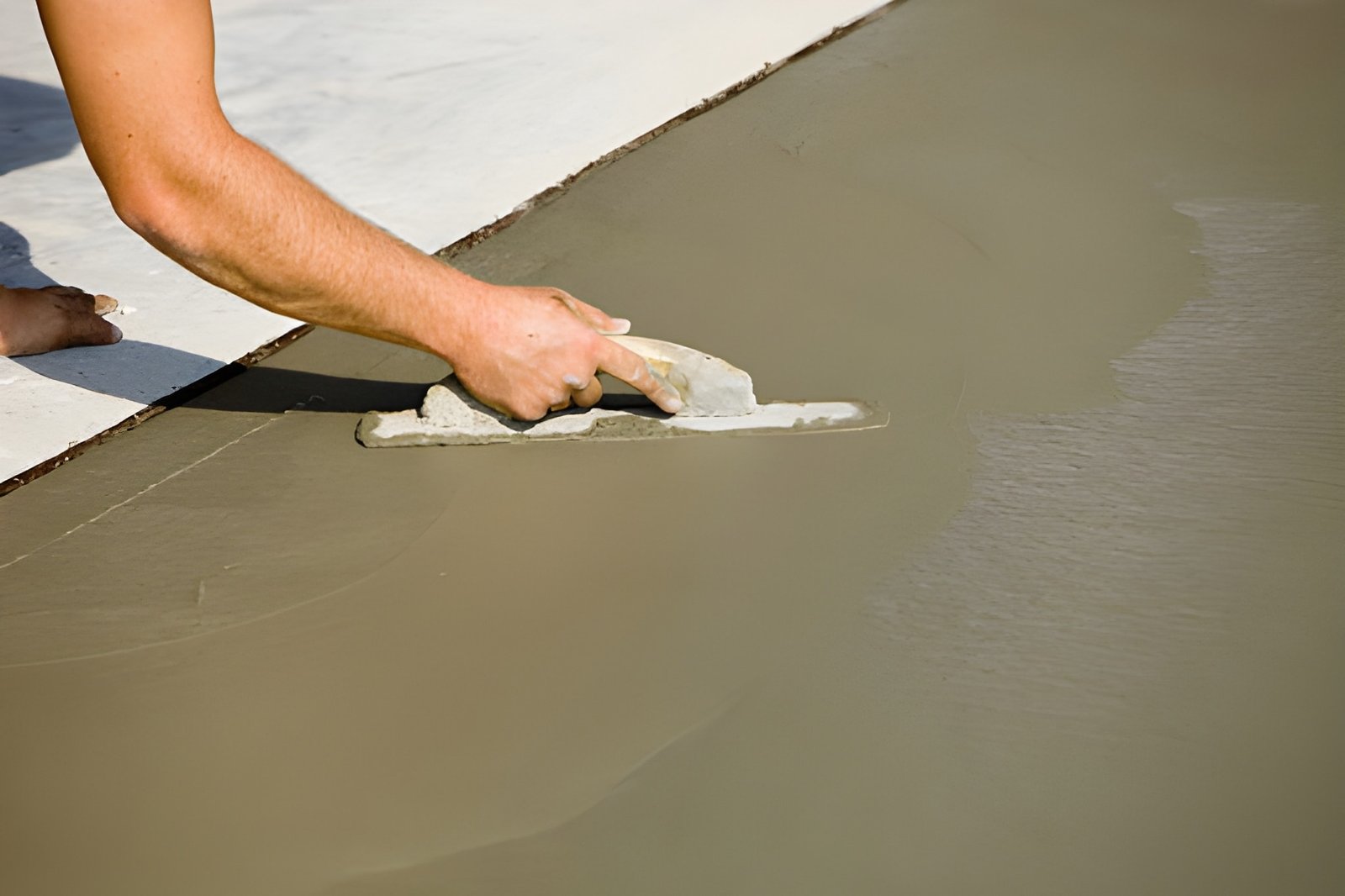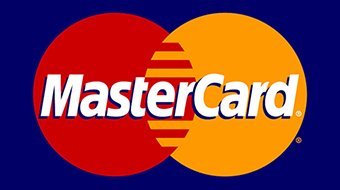
When considering the best materials for a driveway, concrete consistently stands out. Known for its durability, versatility, and long lifespan, concrete driveways have become a preferred choice for homeowners and property developers.
Suppose you are planning to upgrade your driveway or install one for the first time, this detailed guide will walk you through everything you need to know about concrete driveways from the benefits and installation process to maintenance tips and cost considerations.
A concrete driveway is a surface made from a mixture of cement, sand, gravel, and water that hardens over time into a solid, durable slab. Concrete driveways are common in residential and commercial properties due to their strength and aesthetic appeal. They can be customized with various finishes, colors, and textures, making them a versatile option for many property owners.
1. Durability: One of the most significant advantages of concrete is its durability. A well-installed concrete driveway can last 30 years or more with minimal maintenance. Unlike other materials, such as asphalt, concrete is resistant to wear and tear, making it an excellent option for areas with heavy vehicle traffic.
2. Low Maintenance: Concrete driveways require very little upkeep. Regular cleaning and occasional sealing are sufficient to keep them in top condition. This makes concrete a cost-effective option in the long run.
3. Aesthetic Versatility: Concrete can be stamped, stained, or textured to create various patterns and designs. Whether you are looking for a smooth, sleek finish or a decorative surface that mimics stone or brick, concrete offers a range of aesthetic possibilities.
4. Eco-Friendly: Concrete is made from natural materials like limestone, sand, and gravel, making it a more eco-friendly choice compared to synthetic materials. Additionally, its longevity means fewer replacements and less waste over time.
5. Cost-Effective: While the initial cost of a concrete driveway may be higher than asphalt, its long lifespan and low maintenance costs make it a more economical choice in the long run.
Installing a concrete driveway requires precision and expertise to ensure the finished product is strong and long-lasting. Here is a step-by-step guide to the process:
Step 1. Preparation
Before laying the concrete, the site must be properly prepared. This involves clearing the area of debris, rocks, and vegetation. If the driveway will be installed on a sloped surface, the ground needs to be leveled and graded to allow for proper water drainage.
Step 2. Subgrade Preparation
The subgrade, which is the layer of soil under the driveway, must be compacted to create a solid foundation. A weak subgrade can lead to cracks and other structural issues in the concrete over time. The subgrade is often reinforced with a layer of crushed stone or gravel to improve stability.
Step 3. Forming
Next, wooden or metal forms are set in place to outline the shape of the driveway. These forms act as molds for the concrete, keeping it contained while it sets. Accurate measurements are essential at this stage to ensure the driveway has the correct dimensions and slope.
Step 4. Mixing and Pouring
Once the forms are set, the concrete mix is prepared. This mixture typically consists of cement, sand, gravel, and water, with optional additives like fibers or sealants for added strength. The concrete is poured into the forms and spread evenly using shovels, rakes, and trowels. For large driveways, concrete may be delivered in batches from a mixer truck.
Step 5. Reinforcement
To further strengthen the concrete, steel reinforcement bars (rebar) or wire mesh are embedded within the mixture. This helps prevent cracking and increases the load-bearing capacity of the driveway, ensuring it can handle heavy vehicles.
Step 6. Finishing
After pouring, the concrete is leveled and smoothed using specialized tools like floats and trowels. Decorative finishes such as stamping or broom finishes can be applied at this stage for added texture and aesthetic appeal.
Step 7. Curing
Concrete needs time to cure, or harden, to its full strength. During the curing process, the concrete must be kept moist to prevent cracking. This is done by covering the surface with plastic sheeting or applying a curing compound. Curing typically takes 7-10 days, though the driveway will continue to harden over time.
Proper maintenance can extend the lifespan of your concrete driveway and keep it looking new. Here are some essential maintenance tips:
1. Regular Cleaning: Use a pressure washer or garden hose to remove dirt, debris, and stains from the surface. This prevents buildup and keeps the driveway looking fresh.
2. Sealcoating: Applying a sealer every 2-3 years helps protect the concrete from moisture, oil spills, and the effects of freeze-thaw cycles in colder climates.
3. Repair Cracks Promptly: Small cracks can appear over time due to wear and weather conditions. It’s essential to repair these cracks quickly to prevent them from spreading and causing structural damage.
4. Avoid De-icing Chemicals: In cold climates, avoid using de-icing chemicals that contain ammonium nitrates or sulfates, as they can break down the concrete. Opt for sand or cat litter instead to improve traction on icy surfaces.
5. Watch for Drainage Issues: Ensure proper drainage around your driveway to prevent water from pooling on the surface, which can lead to erosion or freeze-thaw damage.
The cost of installing a concrete driveway can vary depending on several factors, including the size of the driveway, the thickness of the concrete, and any additional features like decorative finishes. On average, homeowners can expect to pay between £4 and £10 per square foot for a basic concrete driveway. Customizations such as stamping, staining, or adding reinforcement will increase the overall cost.
Here is a breakdown of typical cost factors:
While concrete driveways may have a higher upfront cost compared to asphalt or gravel, their longevity and low maintenance requirements make them a smart investment for homeowners looking for long-term value.
Though concrete driveways are generally low-maintenance, a few common issues may arise over time. Here are the top problems to watch out for and how to prevent them:
1. Cracking: This is the most common issue with concrete driveways. To avoid cracking, ensure that the concrete mix is properly reinforced with steel bars and that the driveway has expansion joints to allow for movement.
2. Spalling: Spalling occurs when the surface of the concrete flakes or peels off, often due to freeze-thaw cycles or the use of harsh de-icing chemicals. Applying a sealant can help protect against spalling.
3. Discoloration: Stains from oil, grease, or chemicals can discolor a concrete driveway. Regular cleaning and sealing will help maintain the color and appearance of the driveway.
4. Drainage Problems: Improper drainage can lead to water pooling, which may cause erosion or cracking. Ensure the driveway is graded correctly during installation to avoid this issue.
At Concrete King, we pride ourselves on delivering top-quality concrete driveways that stand the test of time. Our team of skilled professionals uses only the best materials and advanced techniques to ensure that every driveway we install is durable, attractive, and built to last.
Whether you are looking for a basic driveway or a custom decorative design, Concrete King has the expertise to meet your needs. We believe in creating driveways that not only serve their functional purpose but also enhance the curb appeal of your property.
If you are ready to upgrade to a concrete driveway that will last for decades, contact Concrete King today for a free consultation, and let us help you pave the way to a beautiful and durable future.
Whether it’s the amount of ready mixed concrete to be used for concrete slabs, or working out how much needs to be combined with coarse aggregate, we’ve got the solution.
To place your order or to discuss your requirements further please contact our friendly team today who will be happy to help with the concrete mix calculator.
Visit our Concrete Calculator page where you can access more calculate options.



